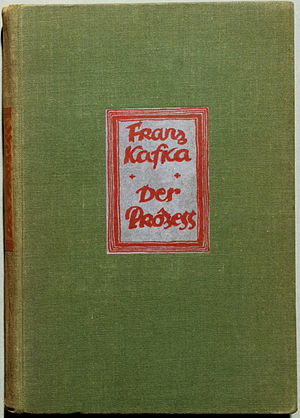I don’t really like the term “final thoughts” as it sounds as if I am planning to stop thinking afterwards, or maybe stop existing altogether, which I am certainly not considering if I can help it, however I do need, as Victor Berrjod kindly reminds me, to round this off, hence the title.
Let me just get a coffee, this could be a longish article, maybe you would like one as well?
Right, let’s continue. The story so far is that we’ve divided the things or activities that you can do in a language, be it counting, swearing, praying, reading the paper, watching TV, learning the songs of the language or filling in a visa form or a job application into four basic types or functions, as shown in the above table:
1. Reading
2. Writing
3. Listening
4. Speaking
Just about anything you can do in a language bases on one or more of these four functions.
Take a moment if you like to see of you can think of any activity involving language that is an exception, and by all means tell me in the comments. Personally I could not think of any exceptions.
We’ve also considered that for one pair of these functions, listening and reading, the learner is on the receiving end of polished language and therefore is able to use his or her passive knowledge to engage in the function and its related activities. Listening is more challenging than reading because the user has less ability to control the speed, although there are instruments available based on developing listening skills where you can control the pace of listening. We talked about audio courses where you have your pause button, and another good one is Audible where you can buy audiobooks in other languages and set a slower narrator speed, or a higher one in order to develop ‘listening fluency’. However, in the main, for the passive pair as long as a word is known passively the learner will not be put off his or her stride by reading or hearing it as they will be able to recall its meaning when it is given in the language much easier than when he or she needs to generate the expression and knows it passively, but is not in an active state, and the mind goes blank.
Conversely, we’ve recognised that the other pair of functions, speaking and writing, are ones in which we the learner are called upon to generate the learned language and not just fluently recognise meaning and stay with the flow of the presented foreign language material. This represents an additional challenge but one essential to get to grips with sooner or later if you want to SPEAK the language. We are always hearing the term “what languages do you speak?” rather than which can you read, listen to with understanding or even write in. Now more than ever nobody seem to be all that impressed by the ability to write in a foreign language – unless they actually watch you forming calligraphic kanjis with your hand – because things like Google Translate are available. And even though in the main the Google Translate users do give themselves away pretty quickly, seeing that the quality of that service is not yet all one might be led to expect, nevertheless sometimes quite convincing written language comes at you over the internet from people who don’t really know the language in question at all. They are having fun, but it also serves to undermine the value placed by the online community on written foreign language skills and so now, more than ever, the gold standard is really what you can speak. Continue reading “Final Thoughts (for now) on the Four Function Diagram”


